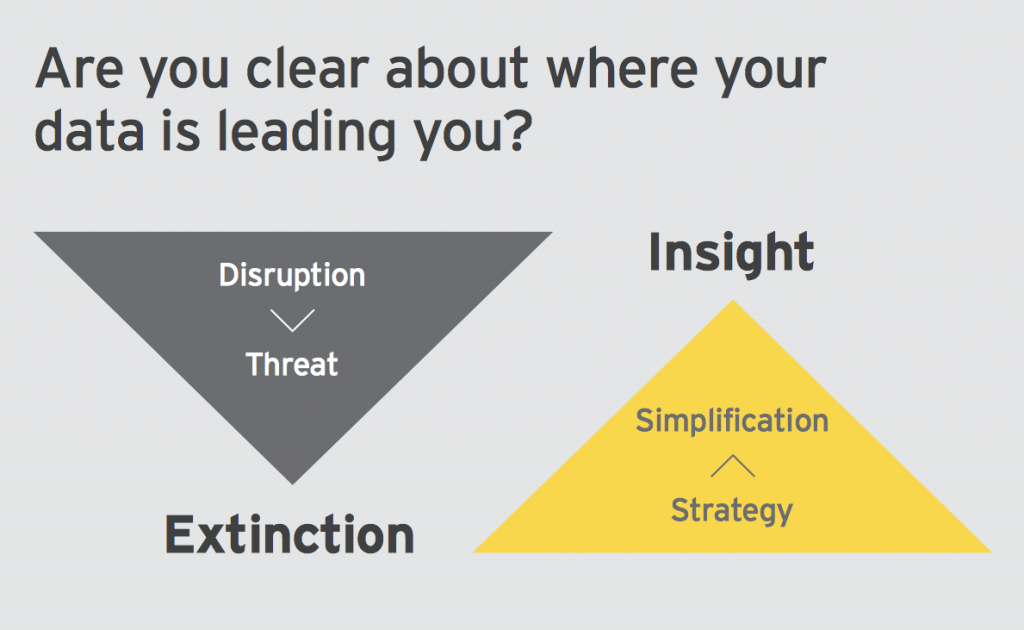Digital Supply Chain: It’s All About Data
New digital business models are increasingly more complex and exponential data growth is overwhelming businesses. Report by EY Global Technology Sector Leader, Digital Supply Chain: It’s All About Data, argues the solution to simplify and standardize big data is through the enterprise data management strategy.
If companies can’t interpret data than there is a barrier in achieving the automation and efficiency they desire. Decision making happens slowly and results can generate false insights. To derive value from big data the report stresses data strategies, data management discipline and to ask better questions.
Low cost storage for data encourages companies to collect all data meanwhile, aggregate storage costs can be higher than expected. Paul Brody, EY Americas Strategy Leader explains;
“The bloom is off the rose when it comes to the ‘store everything’ standpoint. People are starting to realize that keeping too much data is a liability, not just an asset.”
Is your digital supply chain strategy answering the right questions and providing the best value for your company? Read full report, Digital Supply Chain: It’s All About Data for further insight.
2016 MHI Annual Industry Report – Accelerating change: How innovation is driving digital, always-on supply chains
To find out how innovation is driving digital, always-on supply chains view the 2016 MHI Annual Industry Report developed in collaboration with Deloitte. This report reflects the views of nearly 900 industry insiders – almost double that of last year’s survey. Respondents included manufacturers, distributors, service providers, and others – more than 50% of them with senior executive, general manager, or department head titles.
This report also provides an update on eight technologies that are enabling these always-on supply chains and profiles the dramatic impact they are having (and will continue to have) on supply chains and the people who run them. They include:
• Predictive analytics
• Robotics and automation
• Sensors and automatic identification
• Wearable and mobile technology
• Driverless vehicles and drones
• Inventory and network optimization tools
• Cloud computing and storage
• 3D printing






